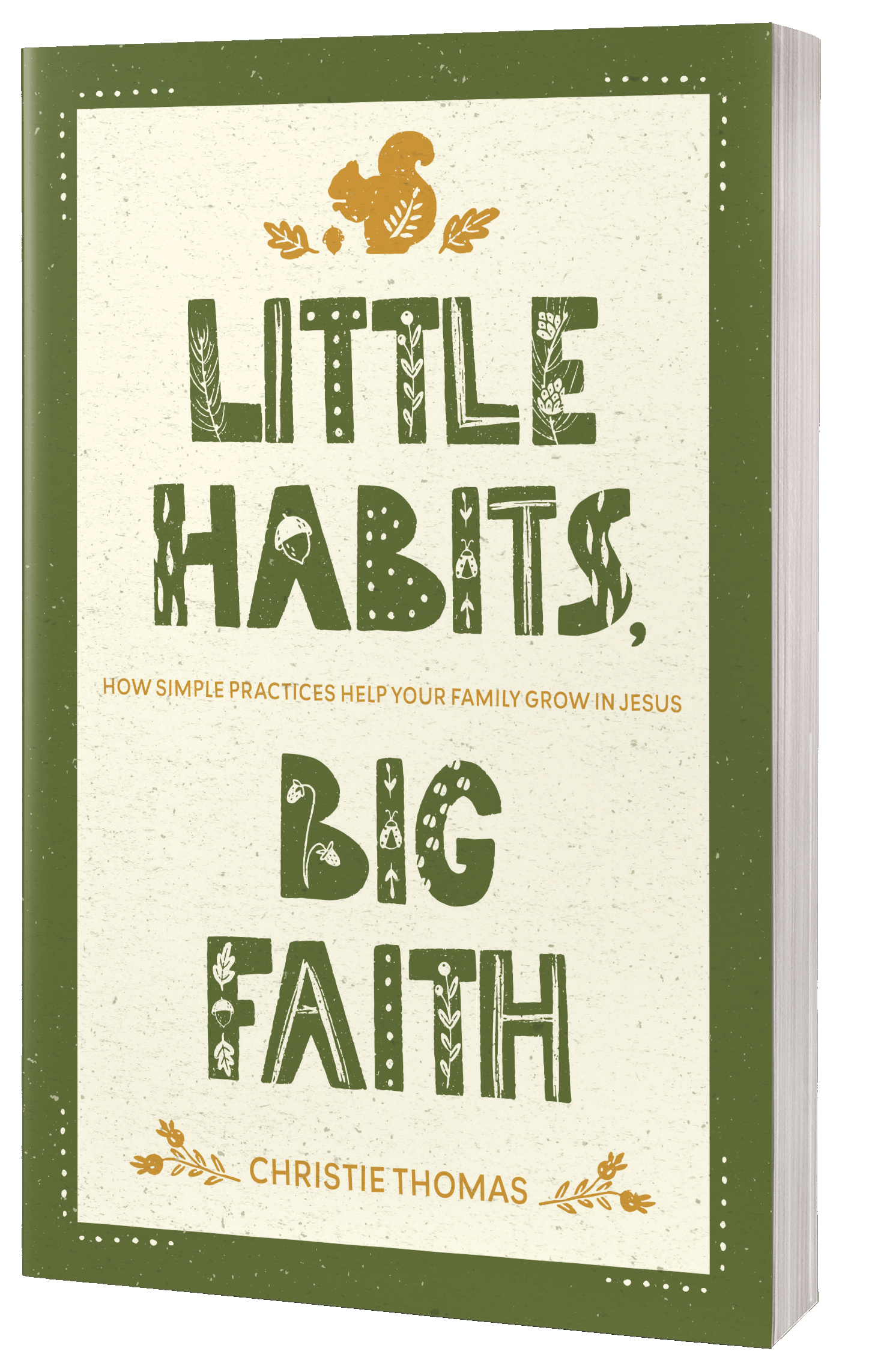According to research conducted by the Barna Group, about 1/3 Americans read the Bible once per week or more, even though 9/10 Americans own at least one Bible.
So why are we buying the Bible but not reading it?
We obviously don’t feel drawn to open the Bible and read its contents. But is that because we have read the Bible and found it wanting, or because we have never read it the right way?
I’ve heard many reasons for not wanting to read the Bible: it’s outdated…it’s just a bunch of rules…it doesn’t apply to life.
But for God-fearing people, there is one powerful reason to pick up the book and read it for ourselves:
It is the only way to get an accurate* picture of God.
(*When I say “accurate”, I mean that we get the fullest picture of God that a human mind can handle. God is full of contradictions that our puny minds can never understand, and no human language will ever be able to describe him fully.)
Why do we need the Bible?
The Bible corrects and reorients our view of God. We tend to think that God looks like us, or that he looks like an authority figure we disliked as a child, but that is absolutely not the case.
You can safely assume you’ve made God in your own image when it turns out that God hates all the same people you do. – Anne Lamott
Let’s say you grew up with an understanding that God is punitive and hard. Reading the gospels while looking for God will show you a completely different God: one who is merciful and kind, accepting of outcasts and full of patience. Everywhere he goes, people flock to him, and he welcomes and feeds them with open arms.
Or let’s say that you understand God as a deity who simply set the world spinning then sat back to watch it all fall apart. The psalms and prophets are filled with references to God caring for humanity like a doting husband, adoring father, and comforting mother.
It’s only by reading the Bible that we can even begin to fathom who God truly is, because the Bible is His story.
It is not primarily a book of people who screwed up a lot. The Bible is a collection of stories about a God who
- scoops up people filled with pain and brings them joy,
- touches cowards and makes them courageous,
- touches those the world considers unclean and declares them clean,
- and gently turns sinners back toward him for mercy and grace.
In order to gain this accurate picture of God, we need to seek him out on the pages of his book, looking past the Sunday School stories to see what God is really like. And guys? We can’t just do it once per week, letting the pastor do all the work on the weekend. We have to put in some legwork here.
Glancing at the words of God and expecting to remember them is a bit like glancing in a mirror one time and expecting to remember what your face looks like (like it says in James). It needs to be looked at regularly in order to be understood.
But how does someone who’s been reading the Bible lackadaisically get motivated to brush off the dust and start reading?
Look for Jesus first.
Jesus IS God, so to get the truest picture of God, take a look at how he looks and acts when he has skin on. Quite frankly, he’s a a thoroughly fascinating man.
Are you ready? Here’s your super simple Bible reading plan. Don’t get bogged down in how long it takes. You can listen to it through an audio Bible app, read it in a modern paraphrase like The Message, or read it in a study Bible. Your choice!
1. Start reading in Mark
I suggest starting with the book of Mark, because it’s the shortest of the books about Jesus’ life on earth.Listen to Jesus’ words.
Watch his actions.
See how he interacts with his friends, his followers, and his enemies.
All the while, remember that Jesus is “the image of the invisible God” (Colossians 1:15).
See God by seeing Jesus.
I bet you won’t be able to help being fascinated by him.
If that sounds like something you need, join my 40 day free email series! It will take you through the whole book of Mark over the 40 days, section by section. We don’t even skip the confusing parts, haha. Check it out here.

2. Next, read the rest of the Gospels
Move onto Matthew, Luke, and John in whichever order floats your boat. Continue getting to know Jesus, remembering that he is God. Keep asking yourself the question: what does this teach me about God?
3. Next, read Acts.
Once you’ve read about Jesus, read on into the book of Acts to see what his followers did and said after he left and how the Holy Spirit changed everything.
4. Then read the letters
Read the letters written by his followers. The letters are the rest of the books of the New Testament and they do a fabulous job of explaining the meaning behind his teachings, his death, resurrection, and ascension.
5. Head to the beginning
Go back to the beginning of the Bible (the Old Testament) and start rounding out your understanding of Jesus and his heritage and culture by reading the history of the Jews. There’s a lot, but it’s quite interesting. God comes across quite heroic! I read recently that “the New Testament authors could hardly open their mouths without the Old Testament gushing out.” (Peter Enns)
Obviously if we’re going to really understand the New Testament, we need to ground ourselves in the earlier writings.
6. The prophets are next!
You may also like: The Bible is not about you
Then read the prophets to understand how God responded to the Jews all the times they went astray. The prophets are all the guys with wacky names, filling out the second half of the Old Testament.
7. The wisdom books
Next, read the Psalms, because they’ll help you learn how to approach God in prayer. Don’t forget the rest of the stuff in the middle (Proverbs, Job, Ecclesiastes, and Song of Songs). You may be quite shocked what you learn about God through those books!
8. Repeat
If you read while asking the question, “what does this show me about God”, and if you truly want to see Him on the pages, you will be able to re-read the Bible over and over and get something new out of each reading. It’s a truly incredible book.





0 Comments
Trackbacks/Pingbacks